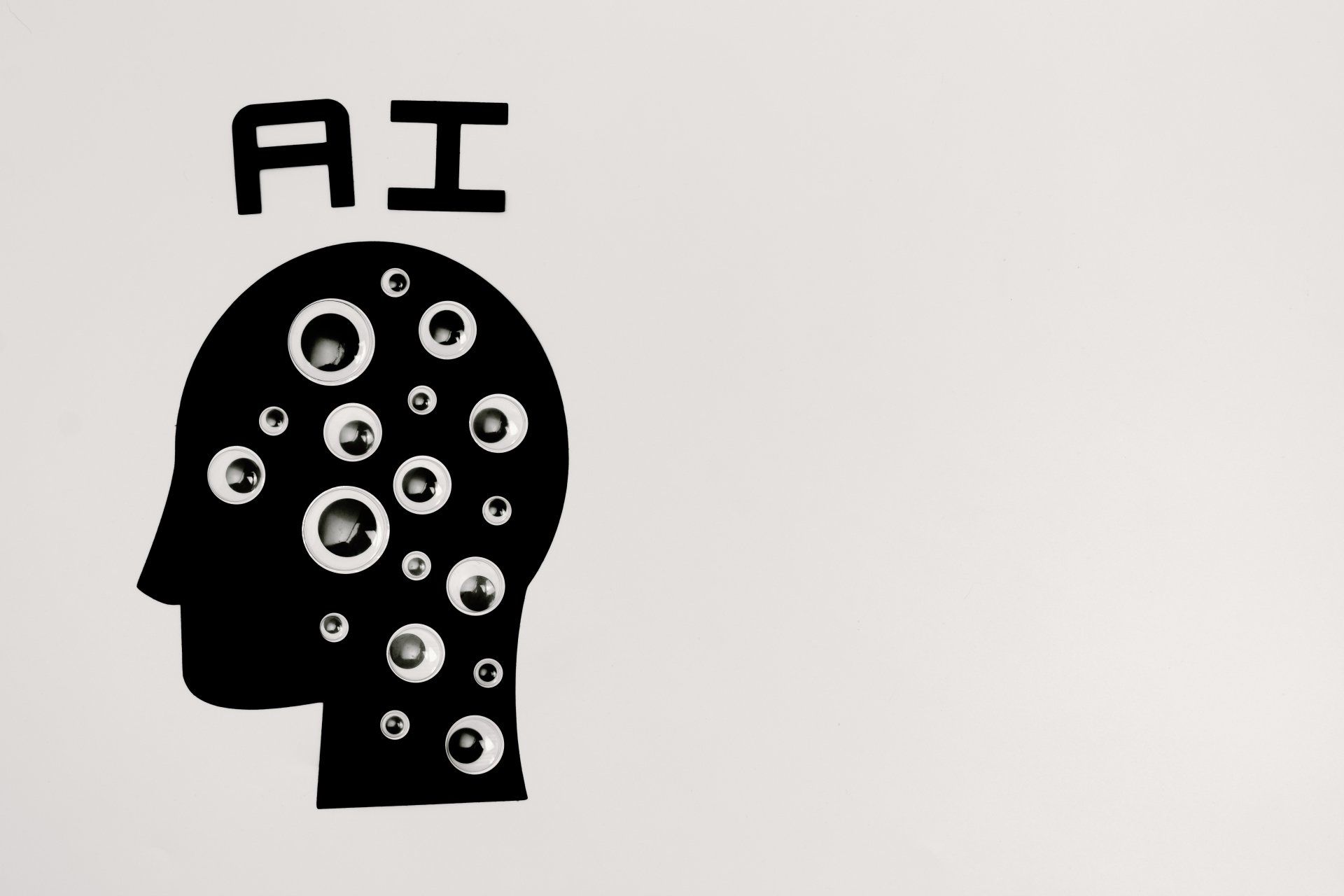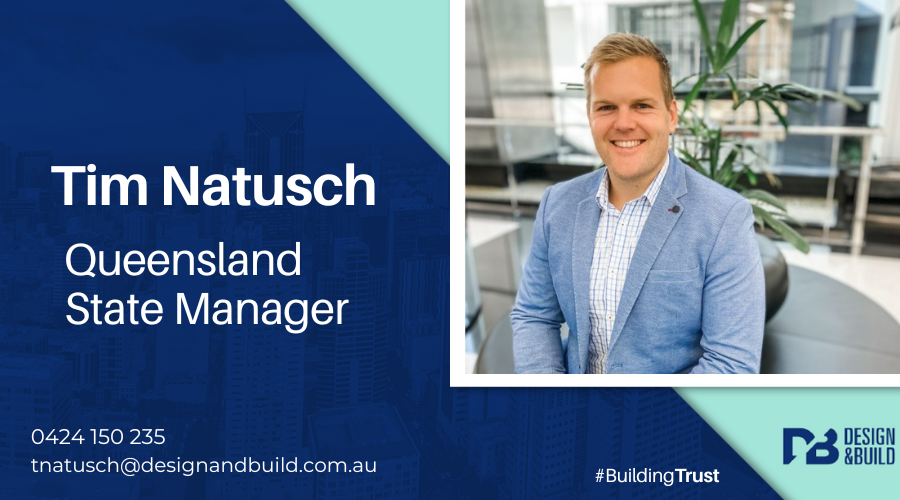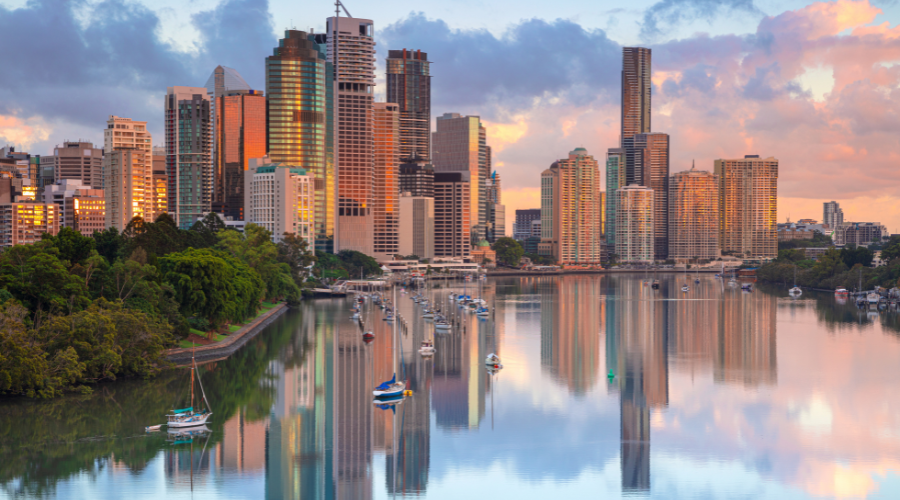Hiring on cultural fit - how to do it and ensure you are still encouraging diversity
9 months ago By Emily Harris

Studies into workplace culture have indicated the importance that recruitment plays in maintaining a positive workplace environment. One study revealed that employees whose values aligned well with their organisation, co-workers and supervisor, experienced increased job satisfaction, were more likely to remain with their organisation and showed superior job performance (Johnson, E., Kristof-Brown, A. & Zimmerman. 2005)[1]. Even Virgin Group’s founder, Sir Richard Branson has emphasised the important role culture fit should play in hiring – claiming that securing the right team is the most important thing you can do for your business.
However, hiring the ‘right’ team of people is easier said than done. While ensuring candidates can reflect and/or adapt to the core beliefs, attitudes and behaviours that make up your organisation, it can also perpetuate homogeneity. We examine the fine line between culture fit and discrimination and how organisations can attract candidates that align with their company values while still encouraging diversity and inclusivity in the hiring process.
IS CULTURE FIT DISCRIMINATION?
Culture fit is defined as the screening of potential candidates based on the alignment between their values, beliefs and behaviours and that of the organisation.
While there are many advocates for making culture fit a key criterion in an organisation’s recruitment strategy, there are others that believe in doing so, you’re inviting discrimination. Hiring someone based on cultural fit essentially means hiring candidates that you think will be comfortable and can easily adapt to the particular role, the team and your greater organisation. However, when people assess someone’s overall ability to integrate well within an office environment, they generally look to those who are similar to themselves – in terms of race, sexual orientation, socio-economic background, age, nationality etc. This is often done on a subconscious level, in fact, there’s an official term for it within recruitment – affinity bias. Affinity bias is defined as favouring a candidate because they share a trait or characteristic with you– like attending the same university or knowing the same people (Zivkovic, 2020)[2]. Affinity bias is often mistaken for hiring on ‘cultural fit’ as HR staff and managers want a team of like-minded people (in the sense of having the same drive, vision, and passion for the organisation) and the easiest way to determine this is through tangible characteristics like their education, their age etc. But, hiring based on affinity bias often results in a team of people who look, think and act the same. This actually limits an organisation overall, as studies have proven that a more diverse team, leads to greater creativity and innovation. The values and beliefs that make up an organisational culture should be reflected in a richly diverse workforce - which begs the question, how do you maintain or encourage diversity, while ensuring you're hiring the right candidates?
HOW TO INCORPORATE COMPANY CULTURE WITHIN YOUR HIRING STRATEGY
A key thing to remember when recruiting candidates is that an assessment of culture fit should focus on how well the person’s values align with the overall organisation, rather than how well their characteristics align with the organisation’s current workforce. For example, if your organisation values collaboration and this plays a big part in the company’s overall productivity, you are going to want to attract candidates who enjoy working collaboratively rather than those who have a preference for working as individual contributors. However, an appreciation and belief in collaboration won’t be found solely from one demographic or have a similar background to your current workforce. Collaboration can be found in candidates within a corporate background, the not-for-profit sector or even from a military background.
Furthermore, ensuring your employees share and appreciate the same values and beliefs can help to foster a positive work environment and increase productivity. For example, if the majority of employees within an organisation value innovation and learning, and these values align with the company itself and its practices – they are more likely to be engaged in their work and more invested in the organisation long-term. This in turn reduces staff turnover and creates a loyal work base; a huge asset for any organisation to have.
The challenge for organisations - especially during the recruitment stage - becomes determining a candidate’s cultural beliefs without applying affinity bias. The difficulty is that culture is so subjective, so determining values and beliefs isn’t something that can be instantly observed. Consequently, The Harvard Business Review has provided some key questions that can be asked at the interview stage, to help determine cultural alignment (Bouton, 2018)[3]:
- What type of culture do you thrive in? (does the response reflect your organisational culture?)
- What values are you drawn to and what’s your ideal workplace?
- Why do you want to work here?
- What best practices would you bring with you from another organisation? Do you see yourself being able to implement these practices in our environment?
It is also important to determine through your questioning what a candidate’s work ethic and style are: ask if they enjoy working within a virtual environment or if they like working within an office; if they’re comfortable with a hierarchical structure. If they thrive in a more collaborative environment or prefer to work autonomously.
Organisational culture is important; it informs a company’s decisions and unites its employees under one common vision. Consequently, it’s important to hire candidates that align with your company’s values, for the organisation to continue growing and developing. However, determining how well a candidate aligns with a company’s values is different to hiring based on their characteristics and how similar they are to the current workplace – candidates from all backgrounds and experiences can still share the same vision and beliefs.
Design and Build understand the benefits a diverse workforce can provide an organisation and consequently are mindful that our focus throughout the entire recruitment process for our clients - while focusing on their organisational needs and culture- remains open and transparent. Our mission is to ensure we are facilitating the growth and development of our clients by providing them with a diverse and skilled range of candidates. To achieve this, we make sure that encouraging and fostering diversity is at the forefront of mind at all stages of the recruitment process- job postings, candidate pipelines, reference checks and interviews.
For more information on our recruitment processes, our consultants are on hand to offer support and advice. Reach out to us today for more information - info@designandbuild.com.au.
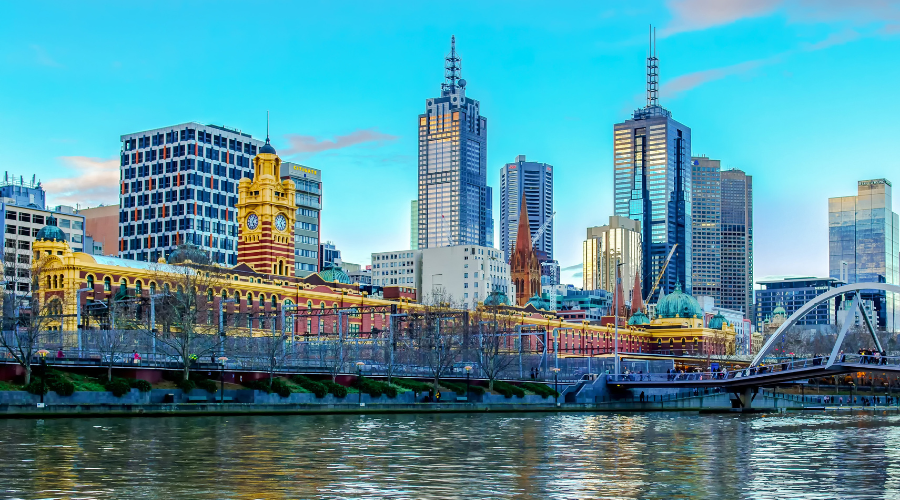
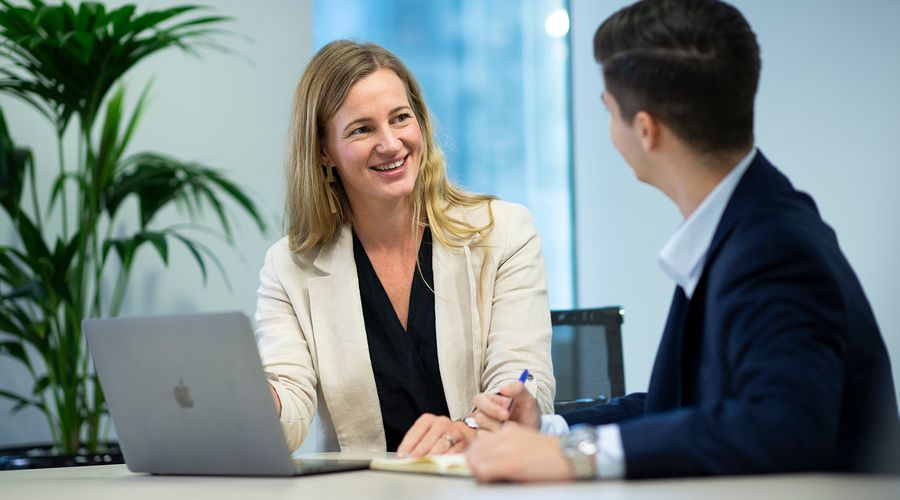
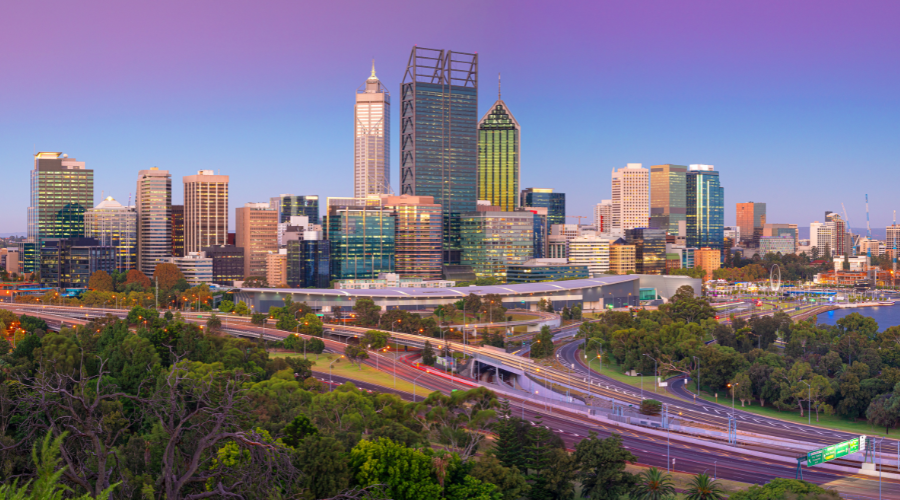


All content copyrighted | Privacy Policy | Cookie Policy | T&Cs | Powered with 🤍 by Shazamme

